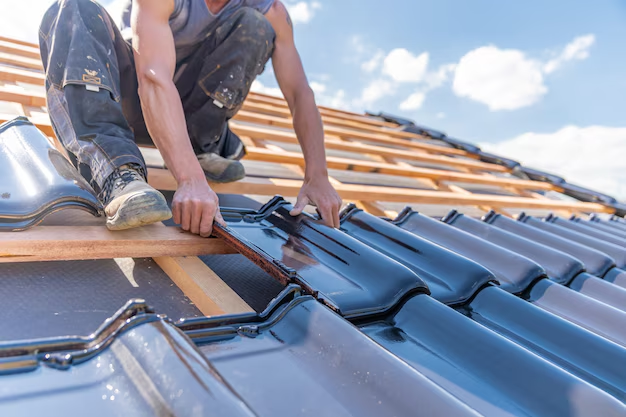How to Budget for a New Roof: Your Essential Guide
Investing in a new roof is a significant decision, whether you're protecting your home or boosting its curb appeal before a sale. So, how much will a new roof cost? The answer isn't straightforward, as several factors influence the overall price. Here’s what you need to know to plan your budget wisely.
Key Factors Affecting Roof Costs
Materials: The choice of roofing material significantly influences cost:
- Asphalt shingles: Most common and cost-effective, ranging from $100 to $200 per square foot.
- Metal roofing: Durable and energy-efficient, costing between $300 and $600 per square foot.
- Tile or slate: Premium options offering durability and elegance, priced between $600 to $1,000 per square foot.
Roof Size and Complexity: Larger roofs or those with intricate designs naturally incur higher costs. Roof pitch and accessibility also play roles in determining labor intensity and, thus, expense.
Labor Costs: Varies widely based on location and complexity, typically accounting for about 60% of the total roof replacement costs.
Old Roof Removal: If your existing roof needs removal, it could add $1,000 to $1,500 to the overall project cost.
Permits and Inspections: Ensuring your roofing project complies with local regulations may require permits, which can range from $150 to $500.
Balancing Budget with Quality
While it might be tempting to choose cheaper options, remember: Quality matters. Roofing protects your home from the elements, and investing in durable materials can save money in the long run by reducing maintenance and potential damage costs.
Exploring Financial Solutions
New roofs are a major home investment, and several financial solutions can ease the burden:
Homeowner’s Insurance: Check if your policy covers roof replacement, particularly if damage was due to a covered event.
Home Equity Loans: Tap into your property’s equity, benefiting from favorable loan terms such as lower interest rates compared to personal loans.
Government Aid Programs: Some federal, state, or local programs offer grants or low-interest loans to assist with home repairs, including new roofs.
Financing Through Contractors: Many roofing companies provide financing options. Look for low-interest or interest-free payment plans to spread out costs.
Credit Solutions: Utilize credit cards with 0% APR for a period, ensuring you have a plan to pay off before interest kicks in.
Energy-Efficiency Incentives: Installing energy-efficient roofing may qualify you for tax credits or rebates.
Exploring these options can make financing the new roof more manageable, allowing you to maintain the aesthetic and structural integrity of your home.
Here's a quick look at some resources:
- 💰 Homeowner's Insurance: Review your policy for coverage.
- 🏡 Home Equity Loans: Leverage your home’s equity at lower rates.
- 🏛️ Government Programs: Look into federal/state grants or loans for home repairs.
- 🔨 Contractor Financing: Investigate interest-free or low-interest payment plans.
- 💳 Credit Solutions: Use credit cards wisely for 0% APR if possible.
- 🌞 Energy Incentives: Seek tax credits for energy-efficient upgrades.
A new roof represents a commitment to your home's longevity and value. With the right financial planning and knowledge, you can ensure your investment aligns with your budget while offering the protection you deserve.
